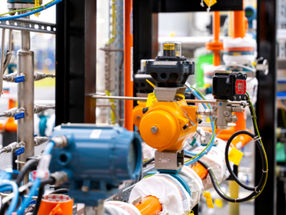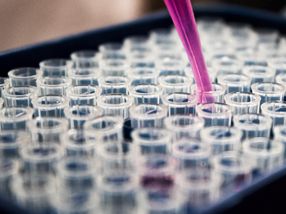BP Takes Delivery of World's Largest LNG Carrier
Advertisement
BP Shipping took delivery this week of the British Emerald, the world's largest liquefied natural gas carrier (LNGC), the first in a series of dual-fuel diesel-electric gas ships. Built by Hyundai Heavy Industries in Ulsan, Korea, at 155,000 cubic metres she is the largest LNGC to date.
The design and construction of this technologically advanced vessel is more fuel efficient than comparable LNG carriers, which will result in reduced fuel costs and greenhouse gas emissions. The dual-fuel technology allows the diesel engines to run on "boil-off" gases from the cargo tanks or on conventional diesel fuel. The vessel will burn 40 tonnes per day (tpd) less than a conventional LNGC of similar size which would burn about 180 tpd.
Being powered by four diesel-electric engines also provides a significant improvement in propulsion redundancy and the vessel is equipped with a bow thruster to assist in mooring operations.
The British Emerald and her sister ships have an overall length of 288m and a breadth of 44.2m.
Most read news
Other news from the department business & finance

Get the chemical industry in your inbox
By submitting this form you agree that LUMITOS AG will send you the newsletter(s) selected above by email. Your data will not be passed on to third parties. Your data will be stored and processed in accordance with our data protection regulations. LUMITOS may contact you by email for the purpose of advertising or market and opinion surveys. You can revoke your consent at any time without giving reasons to LUMITOS AG, Ernst-Augustin-Str. 2, 12489 Berlin, Germany or by e-mail at revoke@lumitos.com with effect for the future. In addition, each email contains a link to unsubscribe from the corresponding newsletter.



























































